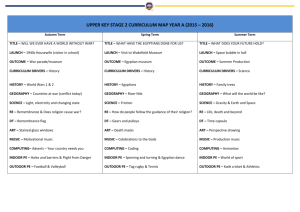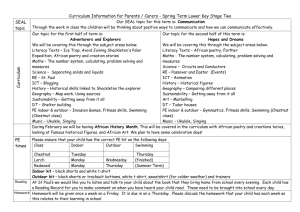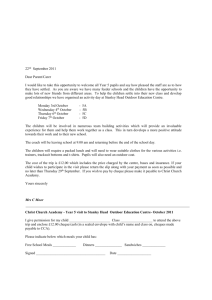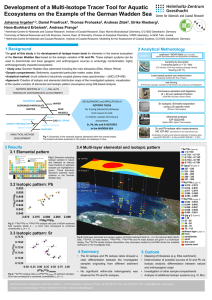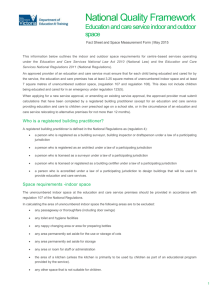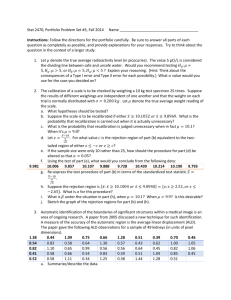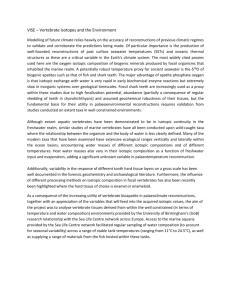QA 004
advertisement
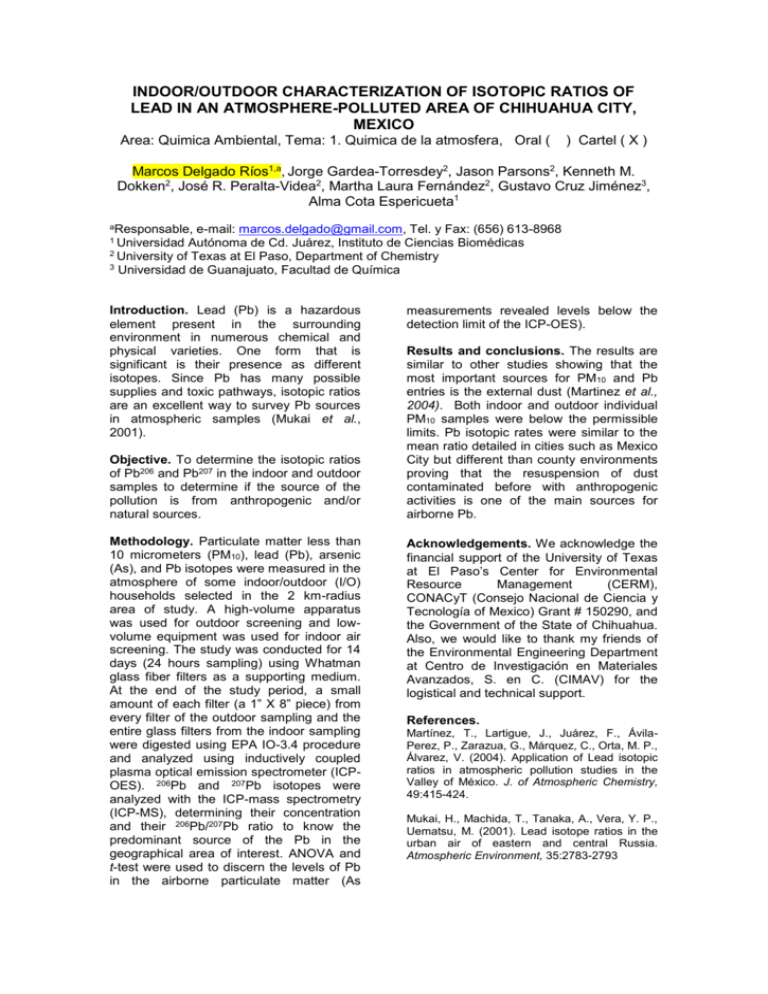
INDOOR/OUTDOOR CHARACTERIZATION OF ISOTOPIC RATIOS OF LEAD IN AN ATMOSPHERE-POLLUTED AREA OF CHIHUAHUA CITY, MEXICO Area: Quimica Ambiental, Tema: 1. Quimica de la atmosfera, Oral ( ) Cartel ( X ) Marcos Delgado Ríos1,a, Jorge Gardea-Torresdey2, Jason Parsons2, Kenneth M. Dokken2, José R. Peralta-Videa2, Martha Laura Fernández2, Gustavo Cruz Jiménez3, Alma Cota Espericueta1 aResponsable, e-mail: marcos.delgado@gmail.com, Tel. y Fax: (656) 613-8968 Autónoma de Cd. Juárez, Instituto de Ciencias Biomédicas 2 University of Texas at El Paso, Department of Chemistry 3 Universidad de Guanajuato, Facultad de Química 1 Universidad Introduction. Lead (Pb) is a hazardous element present in the surrounding environment in numerous chemical and physical varieties. One form that is significant is their presence as different isotopes. Since Pb has many possible supplies and toxic pathways, isotopic ratios are an excellent way to survey Pb sources in atmospheric samples (Mukai et al., 2001). Objective. To determine the isotopic ratios of Pb206 and Pb207 in the indoor and outdoor samples to determine if the source of the pollution is from anthropogenic and/or natural sources. Methodology. Particulate matter less than 10 micrometers (PM10), lead (Pb), arsenic (As), and Pb isotopes were measured in the atmosphere of some indoor/outdoor (I/O) households selected in the 2 km-radius area of study. A high-volume apparatus was used for outdoor screening and lowvolume equipment was used for indoor air screening. The study was conducted for 14 days (24 hours sampling) using Whatman glass fiber filters as a supporting medium. At the end of the study period, a small amount of each filter (a 1” X 8” piece) from every filter of the outdoor sampling and the entire glass filters from the indoor sampling were digested using EPA IO-3.4 procedure and analyzed using inductively coupled plasma optical emission spectrometer (ICPOES). 206Pb and 207Pb isotopes were analyzed with the ICP-mass spectrometry (ICP-MS), determining their concentration and their 206Pb/207Pb ratio to know the predominant source of the Pb in the geographical area of interest. ANOVA and t-test were used to discern the levels of Pb in the airborne particulate matter (As measurements revealed levels below the detection limit of the ICP-OES). Results and conclusions. The results are similar to other studies showing that the most important sources for PM10 and Pb entries is the external dust (Martinez et al., 2004). Both indoor and outdoor individual PM10 samples were below the permissible limits. Pb isotopic rates were similar to the mean ratio detailed in cities such as Mexico City but different than county environments proving that the resuspension of dust contaminated before with anthropogenic activities is one of the main sources for airborne Pb. Acknowledgements. We acknowledge the financial support of the University of Texas at El Paso’s Center for Environmental Resource Management (CERM), CONACyT (Consejo Nacional de Ciencia y Tecnología of Mexico) Grant # 150290, and the Government of the State of Chihuahua. Also, we would like to thank my friends of the Environmental Engineering Department at Centro de Investigación en Materiales Avanzados, S. en C. (CIMAV) for the logistical and technical support. References. Martínez, T., Lartigue, J., Juárez, F., ÁvilaPerez, P., Zarazua, G., Márquez, C., Orta, M. P., Álvarez, V. (2004). Application of Lead isotopic ratios in atmospheric pollution studies in the Valley of México. J. of Atmospheric Chemistry, 49:415-424. Mukai, H., Machida, T., Tanaka, A., Vera, Y. P., Uematsu, M. (2001). Lead isotope ratios in the urban air of eastern and central Russia. Atmospheric Environment, 35:2783-2793
